On 25 February, the Japanese SLIM spacecraft gave its designers a pleasant surprise. It got back in touch with the ground control, managing to survive a cold two-week night on Moon. And this is despite the fact that it had no heaters and the electronics were not designed for low temperatures.
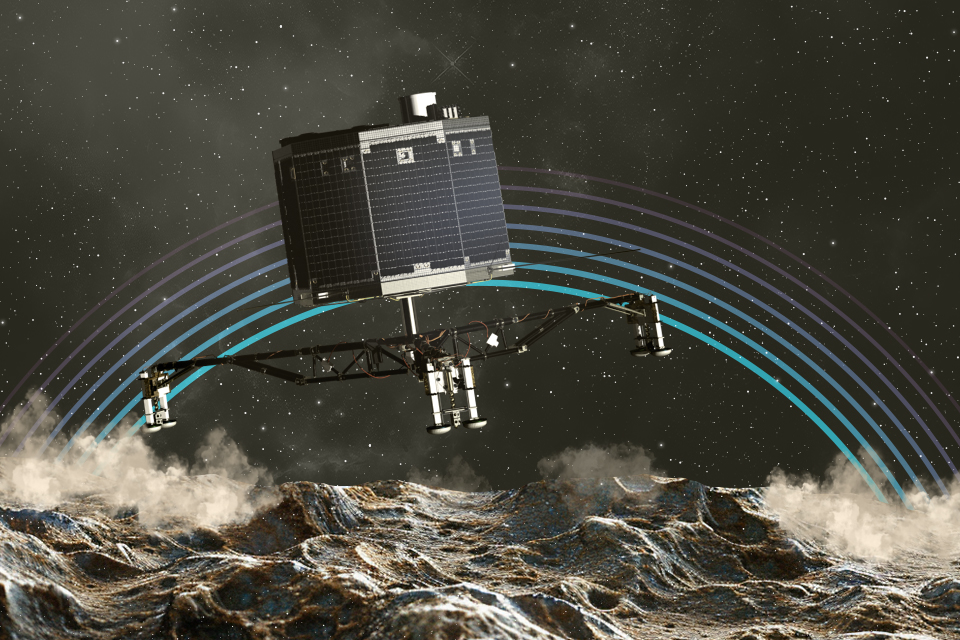
On the occasion of the unexpected “resurrection” of SLIM, we would like to tell you about several other missions that surprised everyone with their longevity.
Greetings from a comet
On 12 November 2014, the Philae probe separated from the Rosetta spacecraft. It was supposed to make a soft landing on the surface of the Churyumov-Gerasimenko comet.
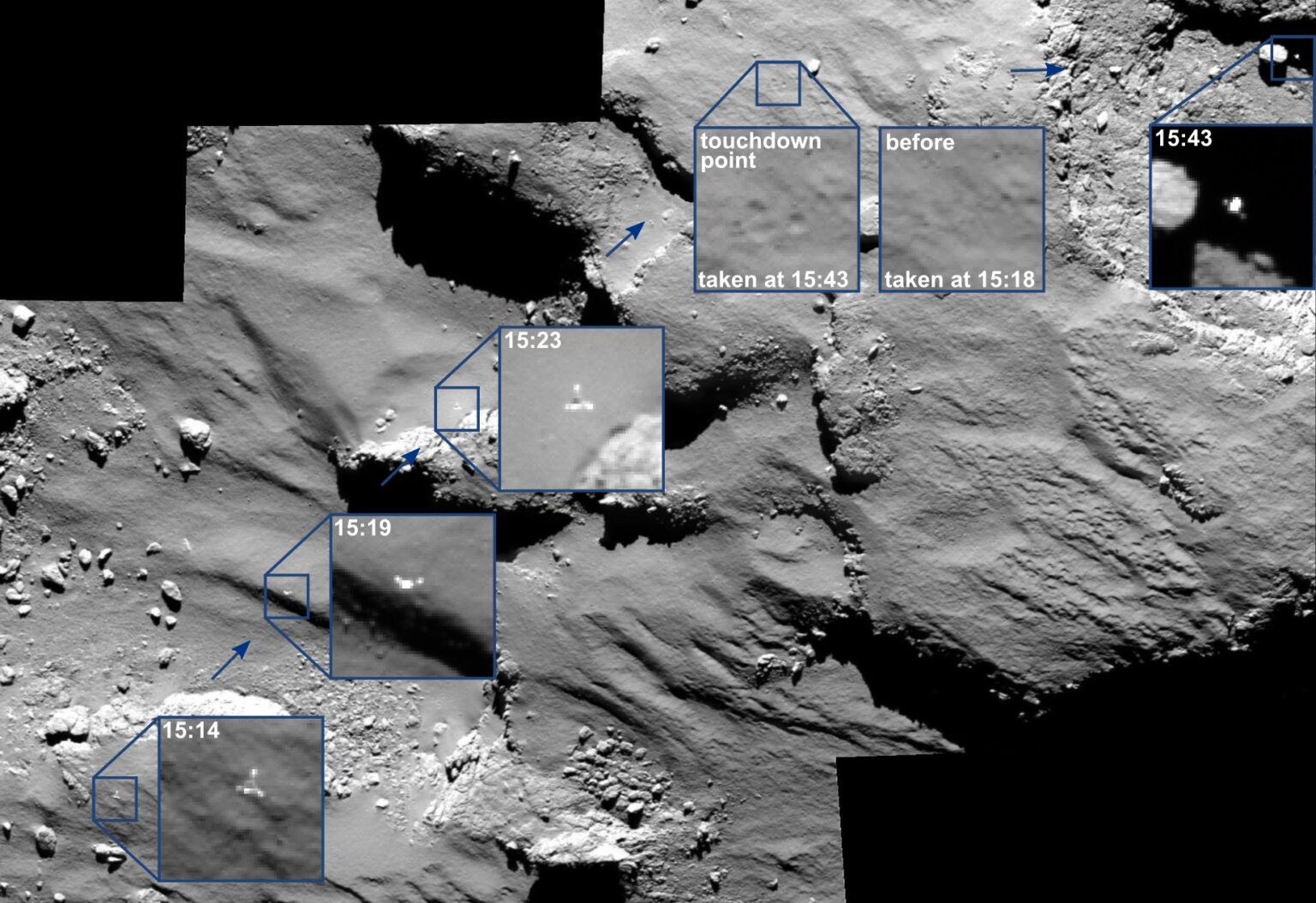
Unfortunately, the operation did not go as planned. At the moment of touchdown, Philae’s harpoons and braking motor, which were supposed to “fix” it to the surface, failed to work. As a result, Philae bounced off Churyumov-Gerasimenko twice until it finally landed in a crevice in the shadow of a cliff. As a result, the probe was unable to use the solar panels and recharge the onboard battery, which severely limited the time of its scientific mission. After two days of operation, it exhausted the built-in battery and went silent.
But that was not the end of the story. On 13 June 2015, mission specialists unexpectedly detected a transmission from the Churyumov-Gerasimenko surface. Its source was Philae. In the six months since its landing, the comet has moved closer to the Sun, and its surface has been receiving more light. This allowed the probe to come out of hibernation.
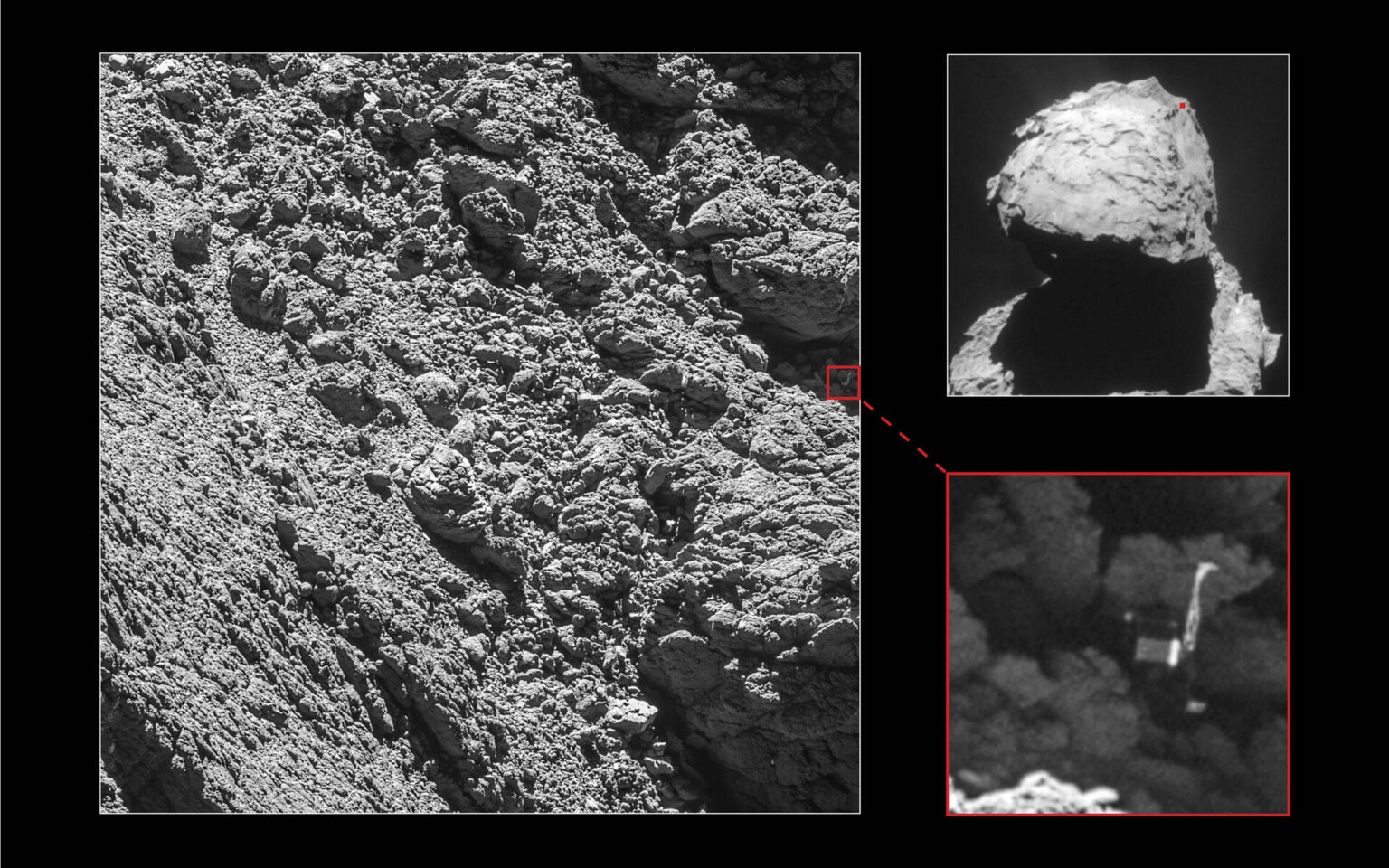
Unfortunately, due to a number of reasons, the specialists were unable to establish a stable communication channel with Philae. The last communication session took place on 9 July 2015. However, the probe still managed to transmit telemetry and some scientific data. And its awakening after six months of “sleeping” on the comet’s surface was included in all space textbooks.
Awakening on an asteroid
In the autumn of 2018, the Japanese probe Hayabusa-2 landed an entire robotic “squad” on the asteroid Ryugu. It consisted of the MASCOT lander and two MINERVA-II1 microrovers.
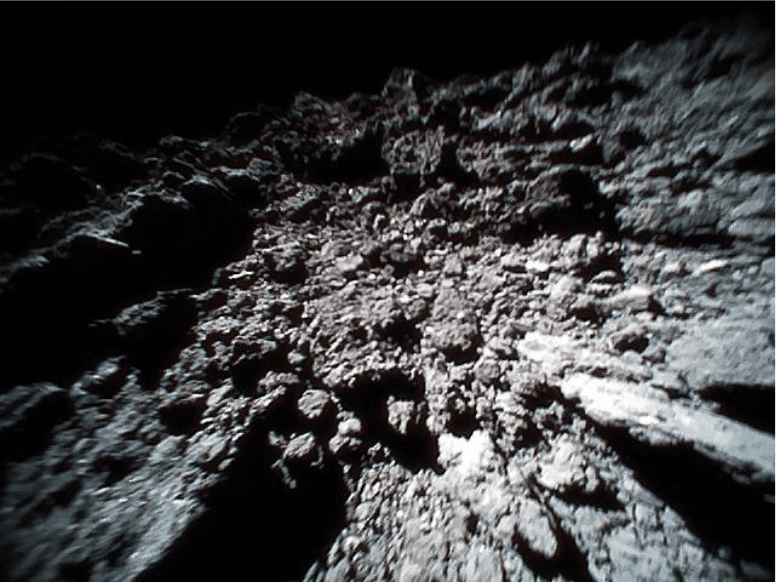
MASCOT was equipped with a built-in battery and operated on the surface of Ryugu for more than 17 hours — until its charge was completely depleted. As for the microrovers, they were powered by solar panels. But at some point, JAXA lost contact with this pair of vehicles as well. Since the microrovers were moving around the asteroid (a special bouncing mechanism was used for this purpose), the mission specialists assumed that they fell into the shadow and stopped producing enough energy to continue working.
However, in August 2019, Hayabusa-2 unexpectedly received a signal from the surface of Ryugu. It came from one of the microrovers. The device transmitted telemetry. According to the engineers, the same story happened to it as with Philae. As the asteroid approached perihelion, the microrover’s solar panels began to receive more energy, and as a result, it managed to “wake up”.

The MINERVA-II1 microrover. Source: JAXA
This case is in some ways even more amazing than the Philae story. After all, the Japanese microrover weighed only 1 kilogram and its electronics, of course, had no protection against the cold. Nevertheless, it demonstrated that even such tiny devices can successfully withstand an almost year-long hibernation in outer space.
A new mission for an old vehicle
In 1978, NASA launched a 400kg spacecraft called International Sun/Earth Explorer 3 (ISEE-3). It was designed to study the interaction between the Earth’s magnetic field and the solar wind. For this purpose, it was launched into a halo orbit around the Lagrange point L1, which is located at a distance of 1.5 million km from the Earth. ISEE-3 became the first Earth-based messenger to be placed there.
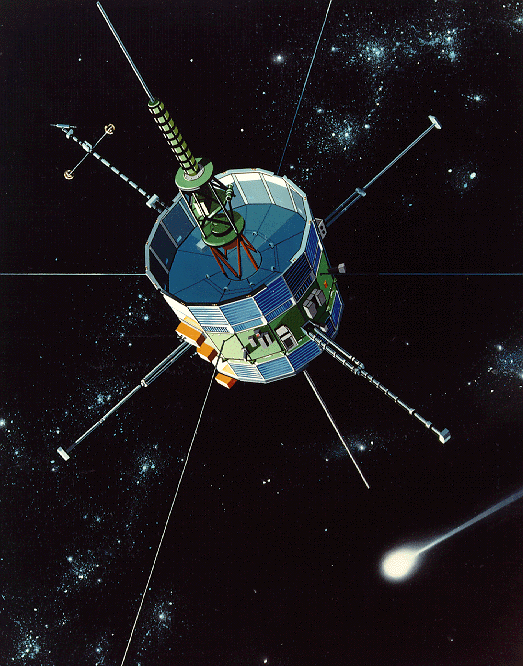
In 1982, the spacecraft received a new mission. It was sent to Jacobini-Zinner comet. In 1985, it passed through its tail, becoming the first spacecraft in history to perform such an operation. A year later, the probe passed through the tail of the famous Halley’s Comet.
After that, ISEE-3 continued to collect data on the solar wind and cosmic rays until a decision was made in 1997 to end its mission. Contact with the probe was maintained for two more years until NASA switched off the ground transmitter in 1999. But in 2008, it was unexpectedly discovered that the device was still transmitting a signal to Earth. Further investigations showed that most of the instruments on board were operational and that there was still fuel in the tanks.
In 2014, the spacecraft was due to fly by the Moon, which would allow it to be transferred to a different orbit. The team of enthusiasts decided to use this opportunity to re-awaken ISEE-3 and return it to the Lagrange point. They managed to get permission for the manoeuvre from NASA, and then raised the funds needed to rent the equipment to communicate with the spacecraft.
In May 2014, the enthusiasts managed to establish communication with ISEE-3 and receive its telemetry. Under their control, the spacecraft successfully performed a small manoeuvre that increased the speed of its rotation around its axis. Unfortunately, the spacecraft’s main engines failed to start due to a lack of nitrogen in the fuel system, which is necessary for boosting and fuel supply. In August 2014, ISEE-3 flew past the Moon and then began to move away from the Earth. A month later, contact was lost.
But even though the enthusiasts failed to achieve all their goals, ISEE-3 made history again, showing that even long-decommissioned spacecraft can be awakened and used to solve new problems. In 2031, the probe will return to Earth again. Who knows, maybe someone will be able to contact it once more?
A hard landing on Venus
The year 1978 was a year of Venus for NASA. The organisation launched two spacecraft to the planet. The Pioneer Venus probe was to study the planet from orbit, and the Pioneer Venus Multiprobe was to drop four probes to study the atmosphere.
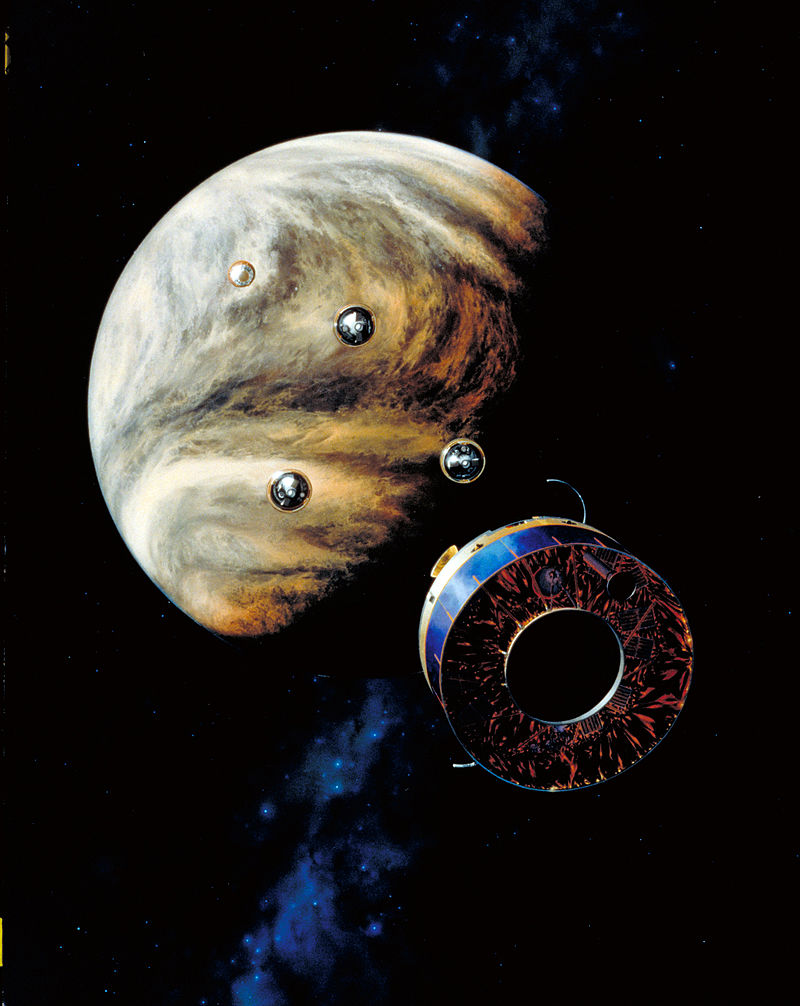
The Venus Multiprobe spacecraft launched by Pioneer entered the atmosphere of Venus on 9 December 1978 and successfully completed its programme, transmitting the collected data to Earth.
But that was not the end. To the great surprise of the engineers, one of the probes managed to reach the surface of Venus, survived the impact and stayed in touch for 67 minutes. And this was despite the fact that it was not equipped with a parachute or an engine! And this is not to mention the extremely harsh conditions on the surface of the second planet. To this day, this case remains a unique example of how a spacecraft that was never intended to land managed to successfully land on another planet and transmit data.
“Zombie” satellites
We associate the word “zombie” with the undead from horror films. It’s all the more surprising that it is also used in the everyday life of aerospace specialists. They use it to refer to old satellites that suddenly come to life.
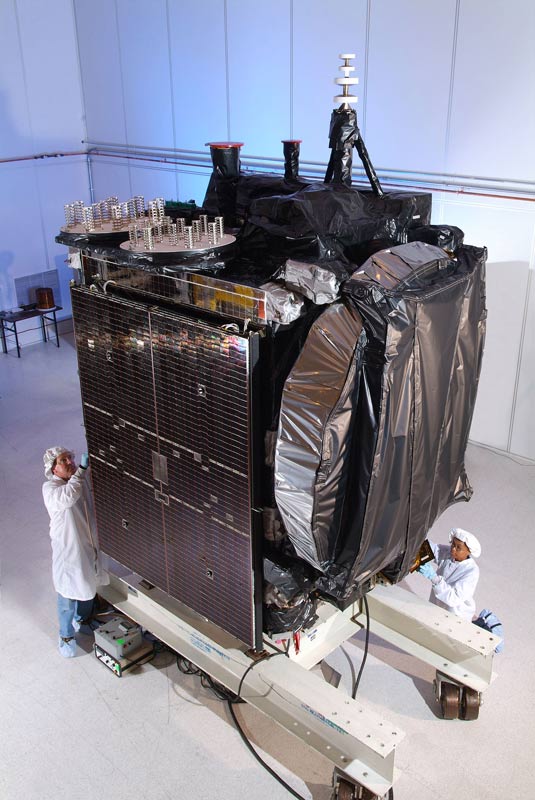
The Galaxy-15 satellite. Source: Orbital Sciences
A classic example of such a space zombie is the Galaxy 15 telecommunications satellite, launched in 2005. Five years later, the device stopped responding to commands and began to move from its geostationary position. However, at the end of the year, Galaxy 15 unexpectedly rebooted, after which control over it was restored. As a result, the device operated until 2022, when it was disabled by a solar storm.
NASA has a similar story. In early 2018, amateur astronomer Scott Tilley detected an unusual signal from a spacecraft in a highly elliptical orbit. Tilley was interested in the discovery and concluded that its source was the IMAGE (Imager for Magnetopause-to-Aurora Global Exploration) satellite.
IMAGE was launched by NASA in March 2000. Its main task was to study the interaction of the Earth’s magnetosphere with the solar wind. The satellite operated successfully for five years until the contact was suddenly interrupted on 18 December 2005. As a result, IMAGE was officially declared lost. The cause of the accident was a failure in the power controller.
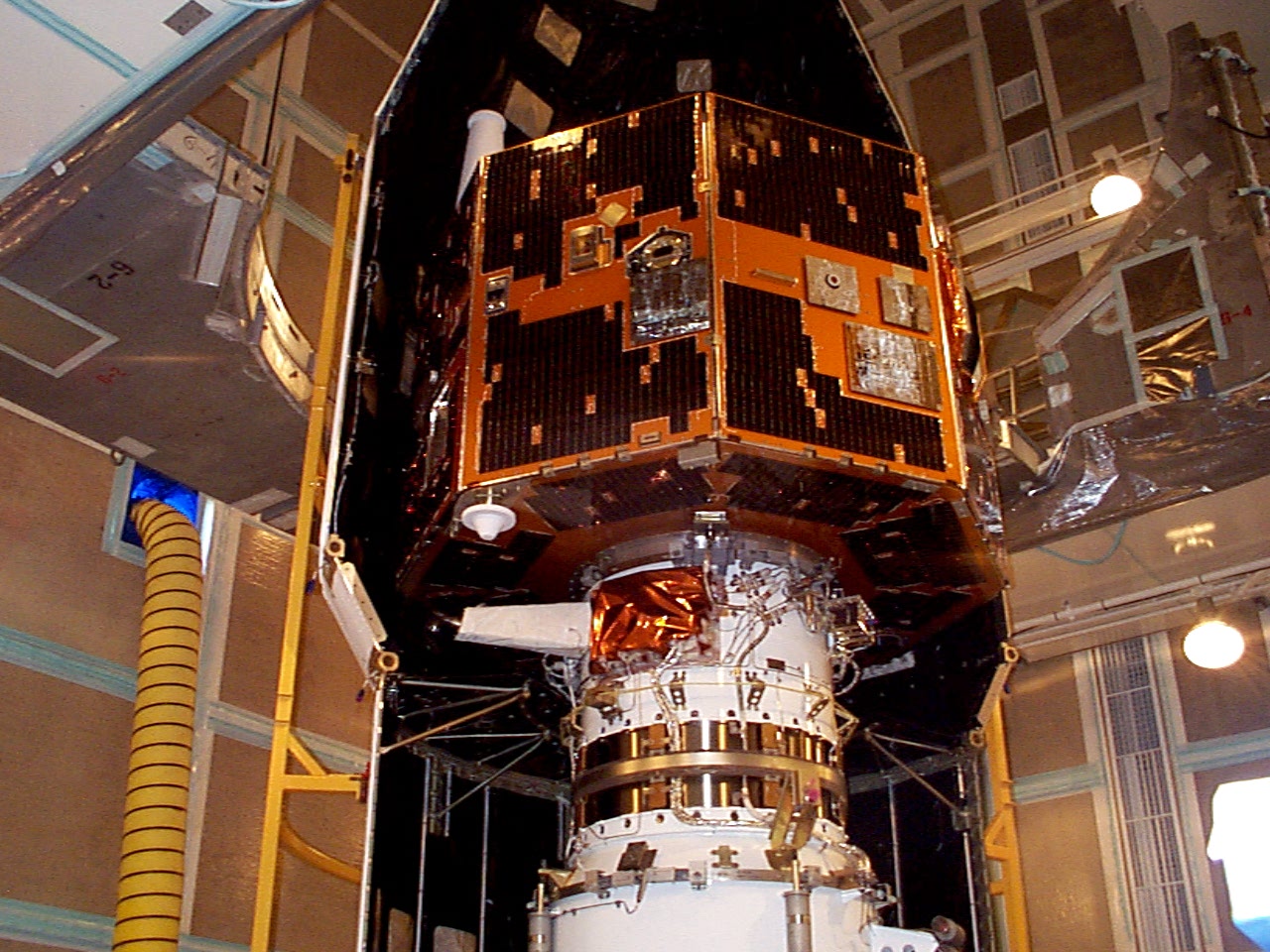
The IMAGE satellite. Source: NASA
After IMAGE suddenly came back to life, the experts began trying to establish communication with the spacecraft and managed to retrieve its data. However, the contact proved to be unstable — IMAGE fell silent again several times and then came back online. In August 2018, it went silent again, most likely for good. However, it cannot be ruled out that one day IMAGE will “resurrect” once more and then try to contact the Earth again.

